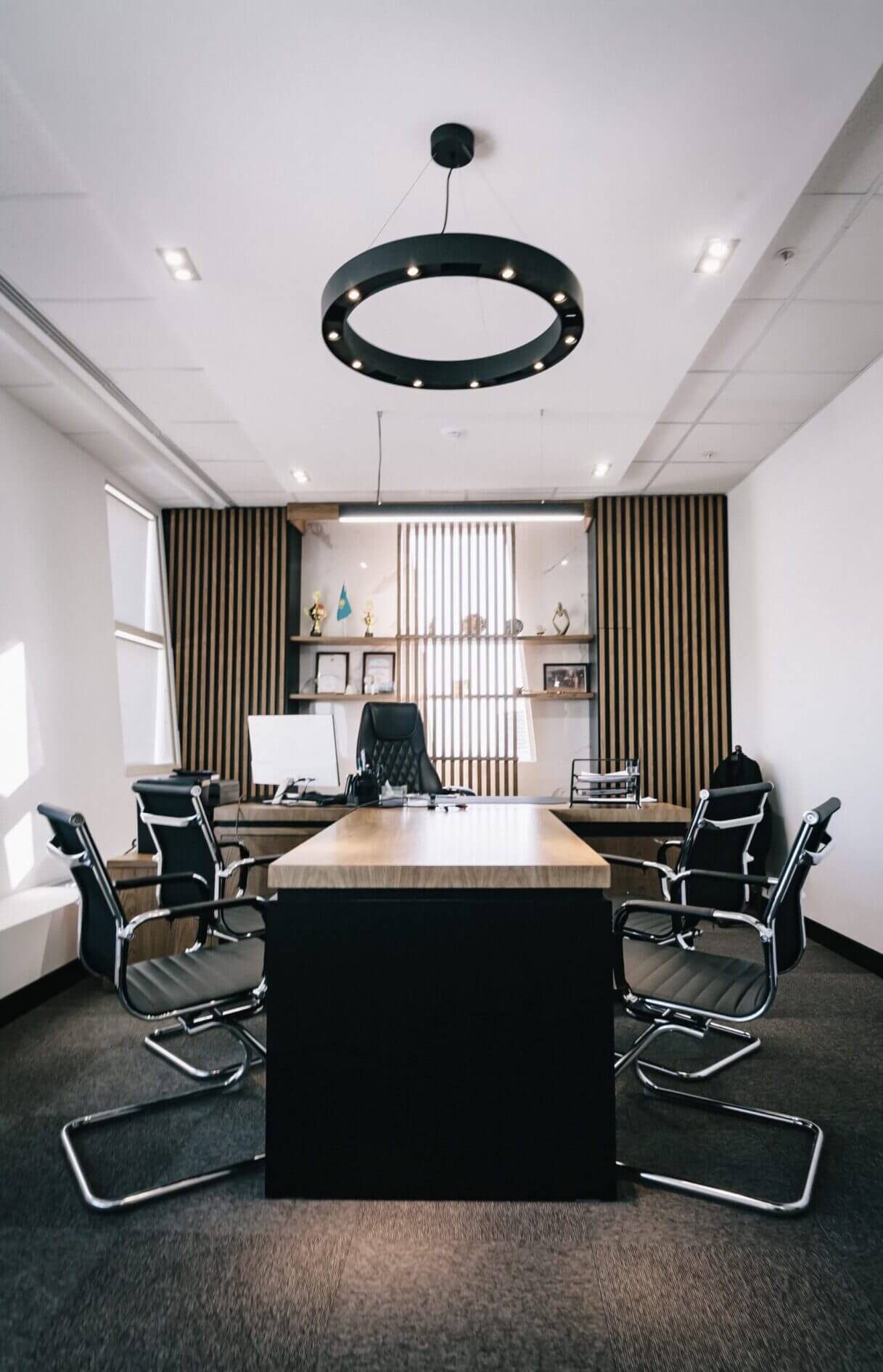

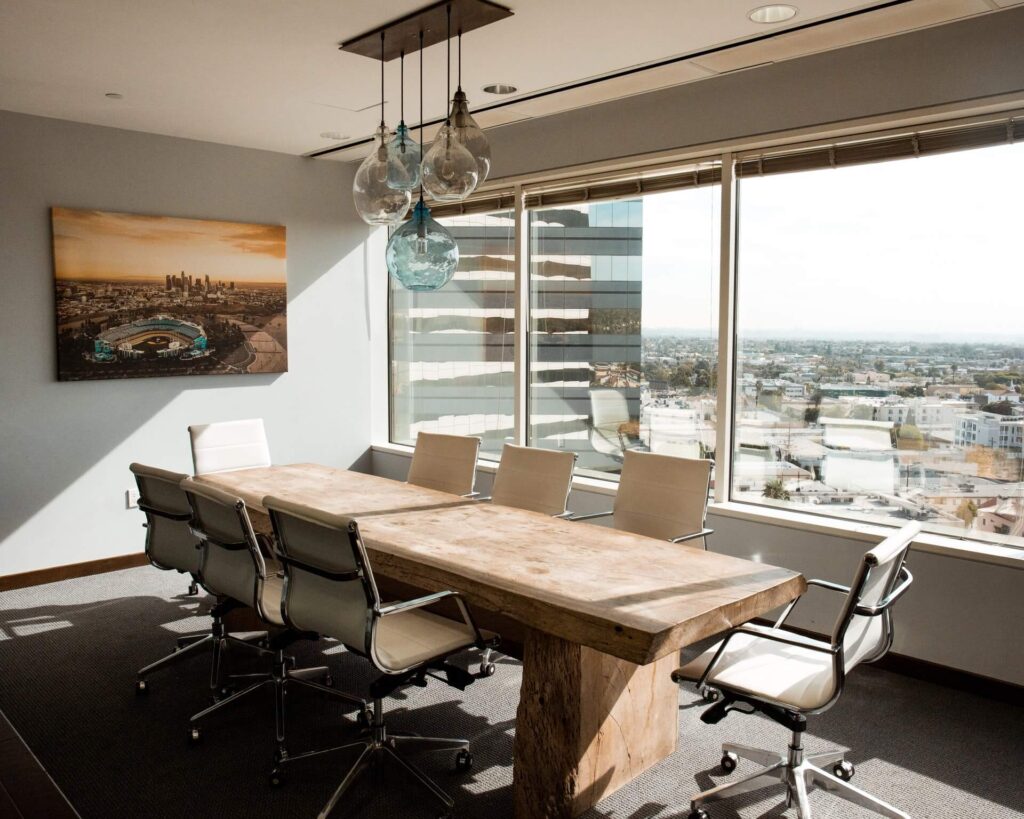
This is the space where your team members come together to share ideas, collaborate, conduct meetings and presentations, and have private conversations. Your meeting room should be a tranquil and collaborative space where creativity is encouraged, and employees look forward to being.
Designing a modern conference room is quite an exciting venture, but it can become a bit overwhelming when all the technicalities arise. That is why we have put together a few pointers that will guide you to becoming a competent conference room designer.
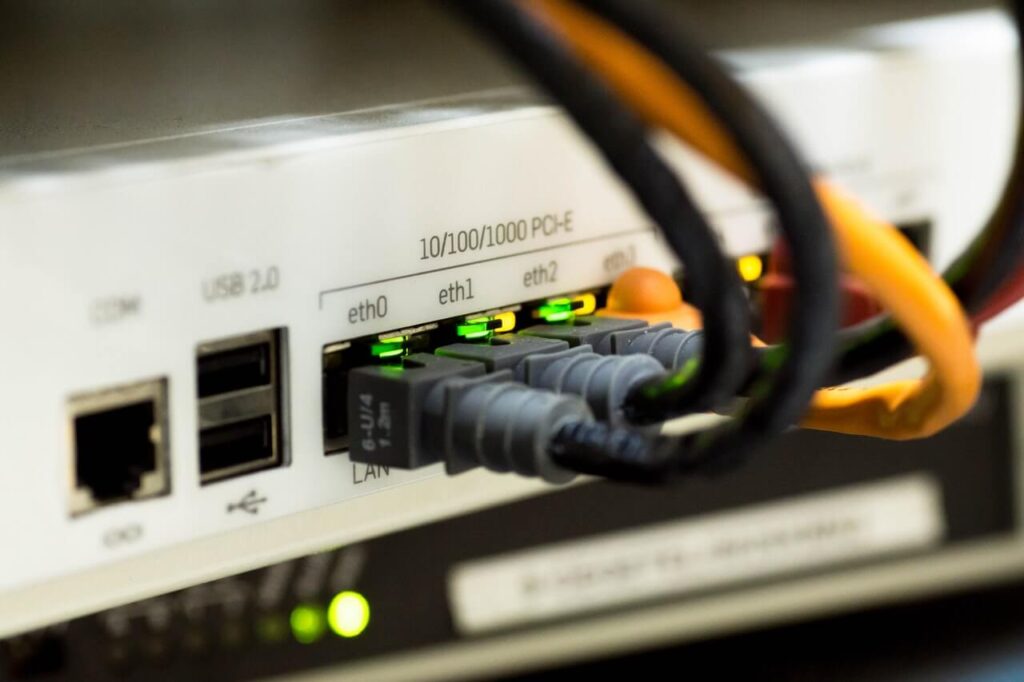
This may seem like an obvious one, but you would be surprised to learn how big of an impact updated conference room tech can have on productivity.
Communication is key to the success of any company. If, like so many, you have a distributed team, nothing puts a spoke in the productivity wheel like a loss of connection, bad sound quality, or poor video quality from any meeting participants whilst video conferencing.
We will get to some of the latest conference room technology trends later.
Technology is the sole key to having productive meetings in our day and age. With many businesses, the technology in even modern conference rooms is flawed due to incompatibility with smartphones and tablets. With the growing number of people working from home, it is essential to ensure that each meeting takes place with the help of software that will agree with each team member’s personal devices. This only strengthens the hybrid workplace model of your office.
But enough about technology in conference rooms…for now at least.
With everything that is going on regarding the pandemic today, not everybody feels entirely comfortable being crammed into confined spaces and meeting rooms just yet. It is important to respect these concerns by creating an environment where larger groups have more space to breathe.
Employees can focus optimally if they feel safe in their meeting space. The support you can lend to your team will go a long way to create satisfaction in each person. Despite meetings typically taking place behind closed doors, many businesses fail to create even just the illusion of personal space.
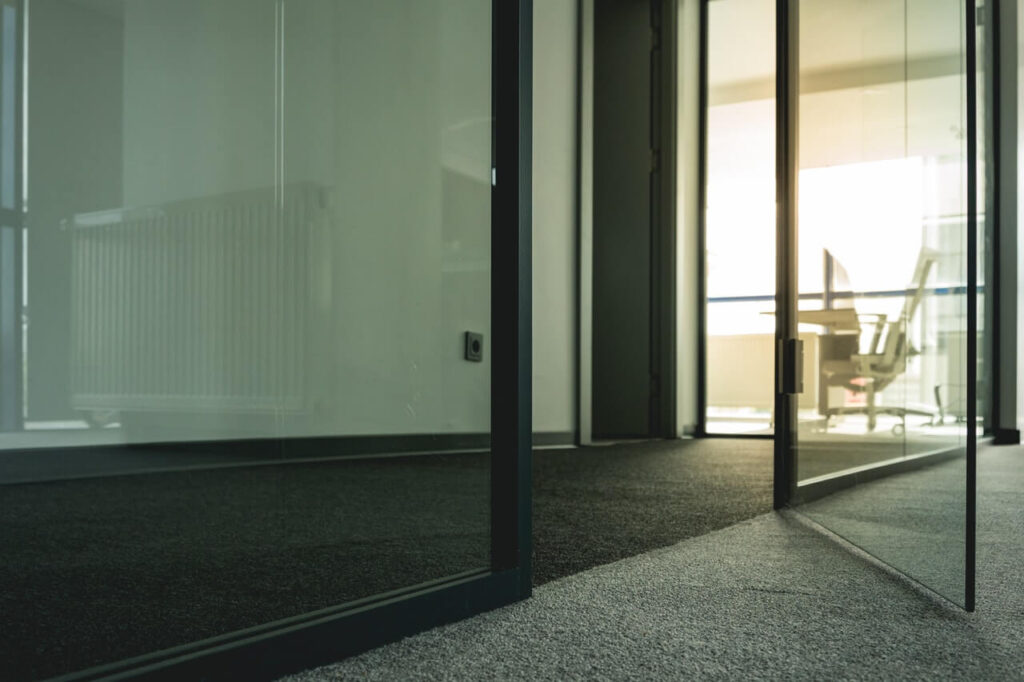
Intended for smaller groups, these conference rooms are great for having more intimate interactions where participants can collaborate on various topics. Team members can support and improve on each other’s ideas through having an interactive conversation rather than keeping their eyes fixed on a screen.
Not dissimilar from the meeting room, the team room is also meant for smaller groups. This room is ideal for an interactive display as the risk of disorganization present with larger groups is eliminated. Here, employees can strategize and focus on elaborating on ideas. The team room is equipped with video conference technology in case a team member is not present in the office.
The board room is the large conference room we all know so well. Among all the meeting rooms, this is where the larger events take place. Equipped with the best video conferencing technology, this space allows businesses to host longer meetings with quite a lot of participants, either virtually or physically present. Regarded as the “main” conference room, the board room will have a large table and enough chairs for all the participants.
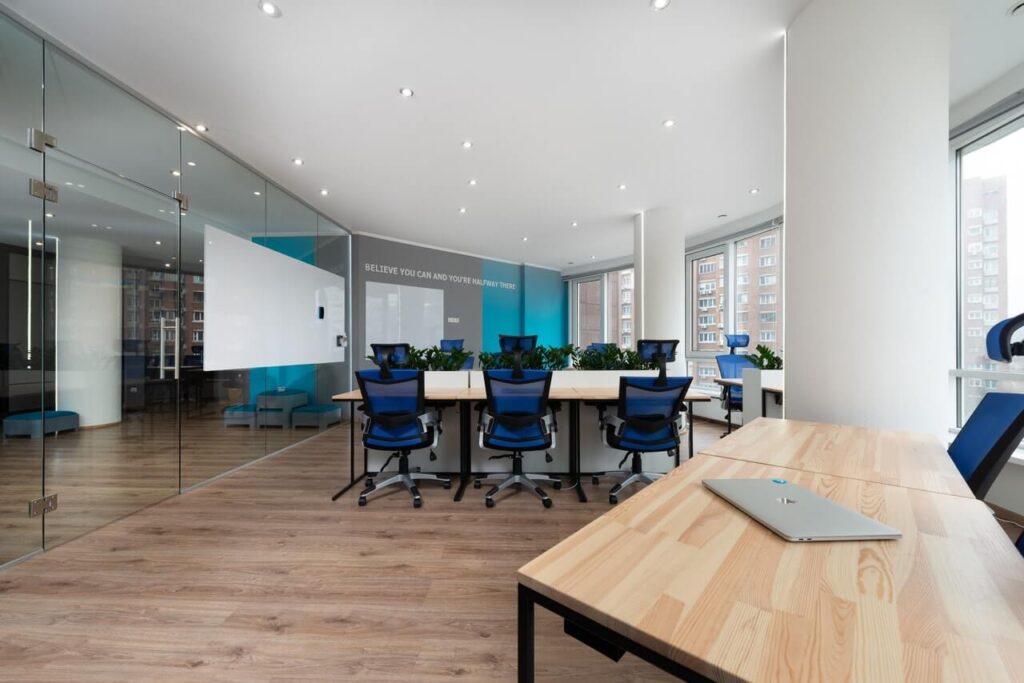
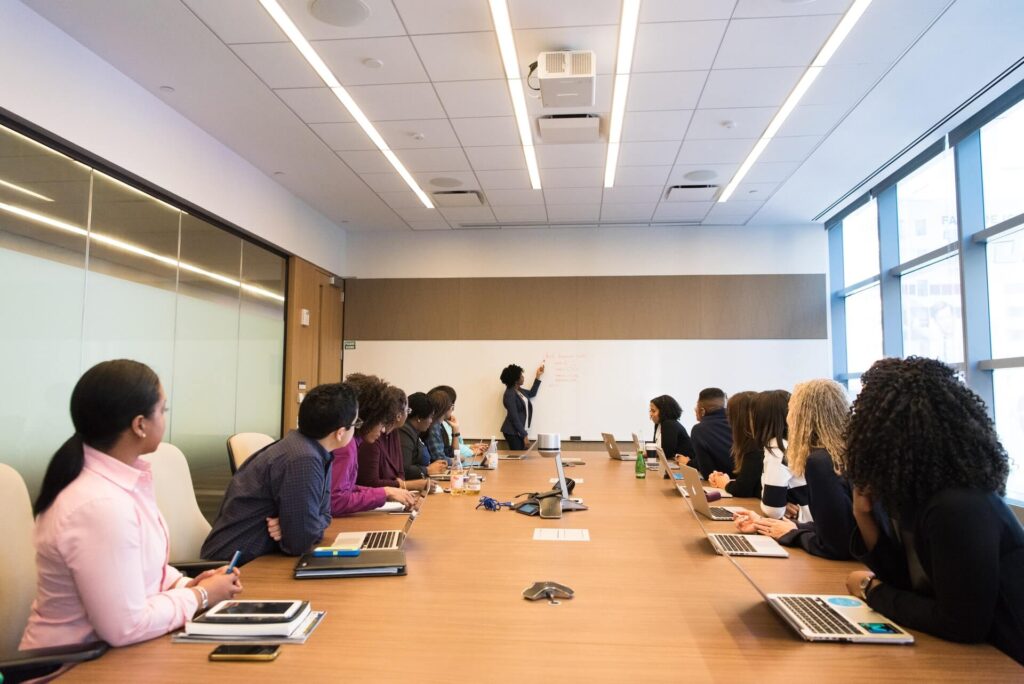
Interactive whiteboards can make a major difference in creative collaboration during meetings. This allows members in the office and those who join the conference call remotely to actively build on ideas and share documents that all participants can view and consider.
Interactive whiteboards are a great way to deliver presentations, allowing for support and interaction. It may also be beneficial to have video walls large enough for every participant to see clearly. There is nothing more frustrating than not seeing or hearing what is being discussed and analyzed in meetings.
Although LED video walls used to be too expensive to incorporate into a space, they have recently become quite affordable and have proven to be one of the most innovative means of display in conference room designs.
They have the ability to display bright and vibrant colors, providing high-quality presentations that look great from any angle in the room.
LED video walls might seem a bit extravagant for smaller conference rooms where an HD TV might do the trick, but they are extremely efficient in boosting a large conference call to a higher level of modernity and quality.
Although a good old-fashioned HDMI cable has always stepped in to help, having a wireless setup will surely save a lot of time and effort. You don’t want to have to mess around with a thousand wires and cables every time someone wants to share content from their own device.
When your entire setup is designed to support a wireless presentation, meeting participants can activate their screen sharing and display their content on video walls without anybody ever having to leave their chairs.
With more and more companies embracing work-from-home opportunities, it is essential to integrate effective video conference technology. Most digital spaces where video conferencing occurs adequately supply all kinds of methods that improve content sharing during meetings.
Just look at Microsoft Teams. You can do just about anything from whiteboard interactions to sharing and watching educational videos on a single platform in this space.
It is important to realize that you will need the right equipment to make your video conference a success. Obviously, a good camera is essential. It would be smart to use a camera with a wide-angle lens so all participants are visible, regardless of the size of the meeting.
Speakers and microphones can make or break meetings. Be sure to install microphones of excellent quality and speakers that will deliver clear and uninterrupted sound. Some companies invest in the best speakers but do not consider how sound might be diminished in a conference room. It is, therefore, worth the trouble to install acoustic panels.
These panels don’t have to clash with your aesthetic design as there are very stylish options out there. Acoustic panels are very beneficial in providing discretion in private meetings while improving the sound quality immensely.
Place your microphones, cameras, and speakers strategically in various locations to maximize the equity in your conference room.
